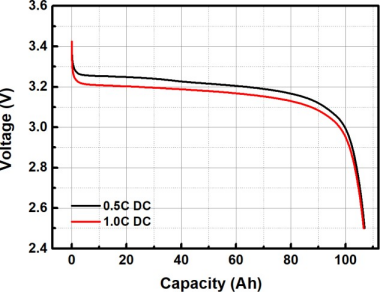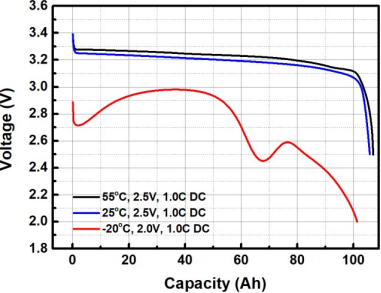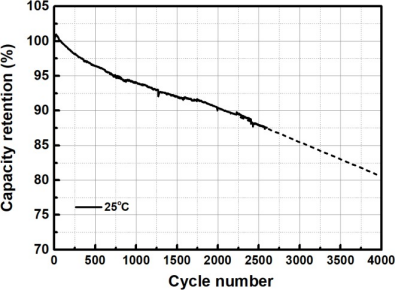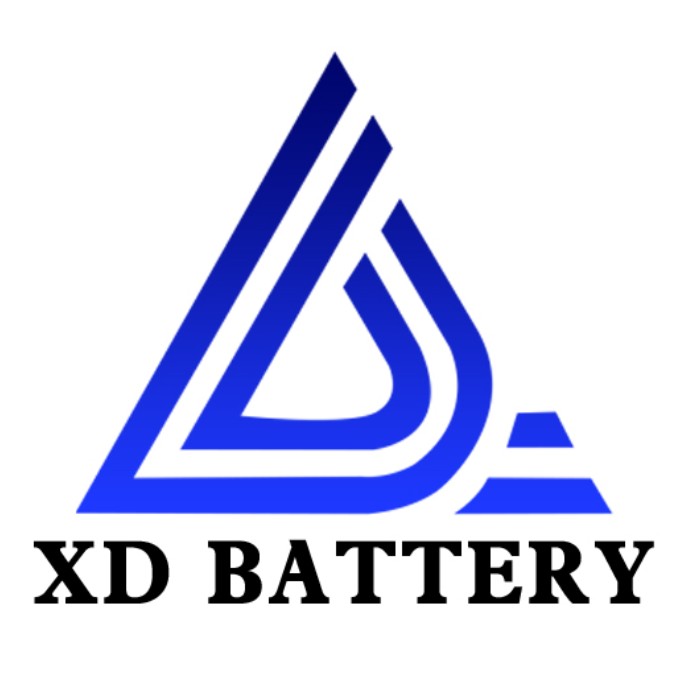
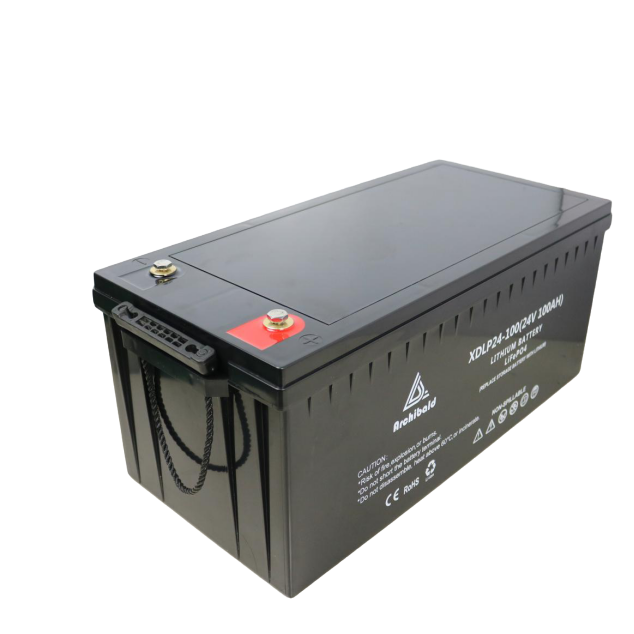
24V 100AH Lifepo4 Battery for RV, Motorhomes, Caravans, solar trailer, residential solar off grid
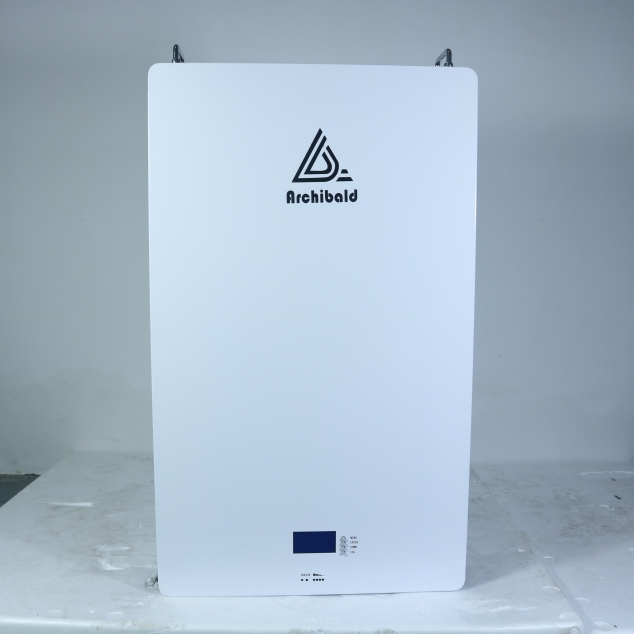
51.2V200Ah- 10.24KWh 48V 200AH lifepo4 Wall-Mounted battery, Power wall Wall-Mounted Lithium-ion Battery Pack
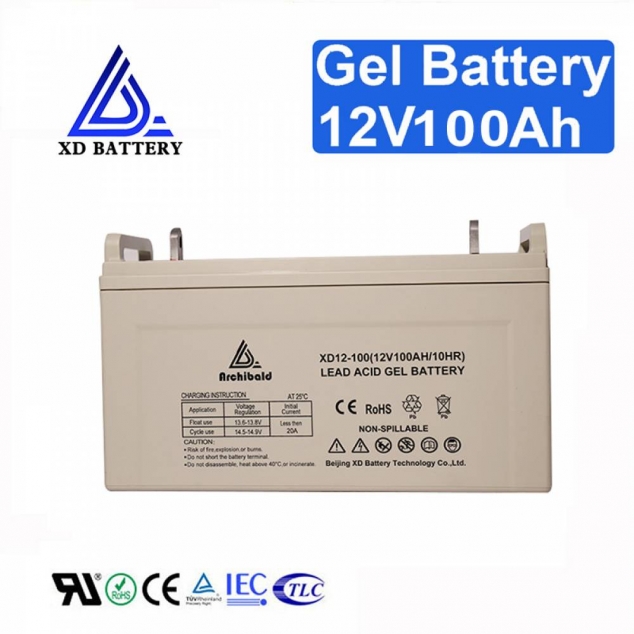
12V 100AH Solar Gel Battery Deep Cycle Battery Maintenance Free
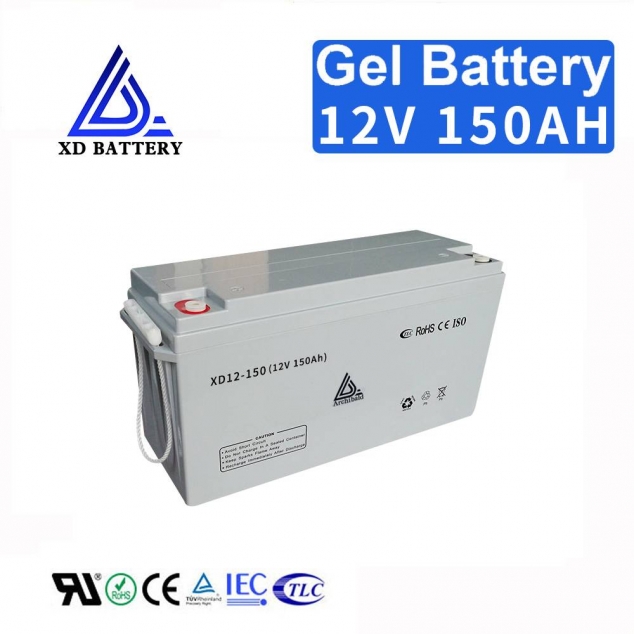
Solar Gel Battery 12V 150AH Deep Cycle Battery
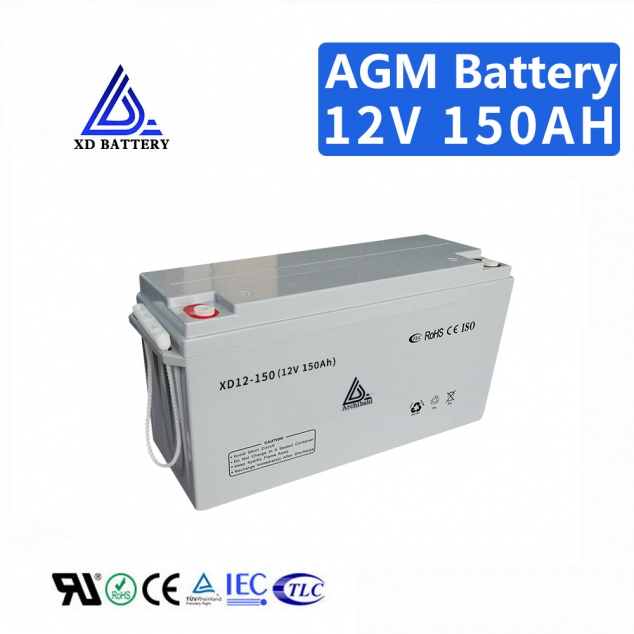
Lead Acid 12V 150AH UPS Battery Deep Cycle Solar Battery Good Sealing
|
No. |
Item |
Parameter |
Remark |
|
|
1 |
Nominal capacity |
105Ah |
(25±2)℃, Standard charge/discharge. |
|
|
2 |
Nominal voltage |
3.2V |
||
|
3 |
AC Impedance resistance (1KHz) |
≤0.5mΩ |
||
|
4 |
Standard charge/discharge |
Current of charge/discharge |
0.5C/0.5C |
(25±2)℃ |
|
Cut-off voltage of charge/discharge |
3.65V/2.5V |
|||
|
5 |
Maximum current of charge/discharge |
Constant charge/discharge |
1C/1C |
Refer to constant/pulse charge or discharge MAP |
|
Pulse charge/discharge (30s) |
1C/3C |
|||
|
6 |
Recommend SOC window |
10%~90% |
N.A. |
|
|
7 |
Charge temperature |
0℃~55℃ |
Refer to constant/pulse charge or discharge MAP |
|
|
8 |
Discharge temperature |
-20℃~55℃ |
||
|
9 |
Storage temperature |
1 month |
-20℃~45℃ |
N.A. |
|
1 year |
0℃~35℃ |
|||
|
10 |
Storage humidity |
<95% |
||
|
11 |
Self-discharge rate per month |
≤3%/per month |
(25±2)℃,30%~50%SOC storage |
|
|
12 |
Size |
Width |
130.3±0.3mm |
Refer to appendix 1 |
|
13 |
|
Thickness (30%-40%SOC) |
36.7±0.5mm |
|
|
14 |
|
Height (total) |
200.5±0.5mm |
|
|
15 |
|
Height (subject) |
195.5±0.5mm |
|
|
16 |
|
Tabs distance |
67.0±1.0mm |
|
|
17 |
Weight |
1980±100g |
|
|
Test Environment
Temperature:(25±2)°C Relative humidity:15%~90%
Atmospheric pressure:86KPa~106KPa
At (25±2)℃, the cell is charged by a constant current of 0.5C (A) to the cut-off voltage 3.65V, then kept at this voltage until the current is less than 0.05C (A).
the cut-off voltage 2.5V.
No.
Item
Requirements
Measuring Procedure
1
Rate discharge ability at 25℃
Discharge capacity / Nominal capacity×100% A) 0.5C(A)≥100%
B) 1.0C(A) ≥100%
After standard charged, the cell undergo a rest for 1h, then is discharged by current 0.5C(A)、1.0C(A) respectively to cut-off voltage 2.5V. This test is allowed to be repeated for 3 times if the discharge capacity fails to meet the technical requirements.
2
Discharge ability at different temperature
Discharge capacity / Nominal capacity×100% A) 55℃ ≥95%
B) -20℃ ≥70%
A) After standard charged, the cell undergo a rest for 5h at (55±2 )℃, then is discharged by current 1.0C(A) to cut-off voltage 2.5V;
B) After standard charged, the cell undergo a rest for 24h at (-20±2)℃, then is discharged by current 1.0C(A) to cut-off
voltage 2.0V.
3
The capacity retention and recovery at 25℃
Capacity Retention≥95% Capacity Recovery≥97%
After standard charged,the cell undergo a rest for 28 days, then is discharged by current 1.0C(A) to cut-off voltage 2.5V. The discharge capacity is capacity retention. After standard charged again,the cell undergo 30min’s rest , then is discharged by current 1.0C(A) to cut-off voltage 2.5V. The discharge capacity is capacity recovery.
4
Cycle life at 25℃
≥3500 cycle @1C/1C
At (25±2)℃, 300kgf clamp force: the cell is charged by current 1.0C (A) to 3.65V, then kept at this voltage until the current is less than 0.05 C(A), followed by 30min rest, subsequently the cell is discharged by current 1.0C (A) to 2.5V . Cycle continues until the capacity decays to 80% of the nominal capacity
5
End-of-life management
Discharge capacity / Nominal capacity <70%
The cell shall be stopped using when the life limit is exceeded.
No.
Item
Requirements
Measuring Procedure
1
Overdischarge
No fire、explosion、electrolyte leakage
Reference: GB/T 31485-2015 《 safety requirements and test methods for power batteries for electric vehicles》
2
Overcharge
No fire、explosion
3
Shortcircuit
No fire、explosion
4
Dropping
No fire、explosion、electrolyte leakage
5
Heating
No fire、explosion
6
Crushing
No fire、explosion
7
Prisking
No fire、explosion
8
Seawater immersion
No fire、explosion
9
Temperature cycle
No fire、explosion、electrolyte leakage
10
Low pressure
No fire、explosion、electrolyte leakage
The cells should be packed into boxes under the charge of 30% ~ 50%SOC. During the transportation, they should be protected from severe vibration, shock , extrusion, sun or rain.
Cells should be stored (more than 1 month) indoor with a dry and clean environment at
0 ℃~35 ℃, and charged and discharged every 6 months. Keep the last charge under 30%~ 50%SOC.
1、It is necessary to ensure that the voltage, current and temperature of the cell are monitored and protected when the cell is charged and discharged.
2、Please keep the cell away from heat source, fire source , strong acid, strong alkali and other corrosive environment.
3、Do not short connect or install the battery with incorrect polarity at any time.
![]()
4、Do not mix up with cells from different models or manufacturers.
5、Do not use external force to make the cell fall, impact, puncture, do not disassemble the cell or change the external structure.
6、Please keep the cell’s charge under 30% ~ 50%SOC, and avoid direct sunlight or high temperature and humidity environment when the battery is not used for a long time,
7、Please wear protective devices such as rubber gloves when operating the battery.
8、Please immediately stop using if there have leakage, smoking or damage with cell , and contact our company to deal with.
Two-dimensional Diagram
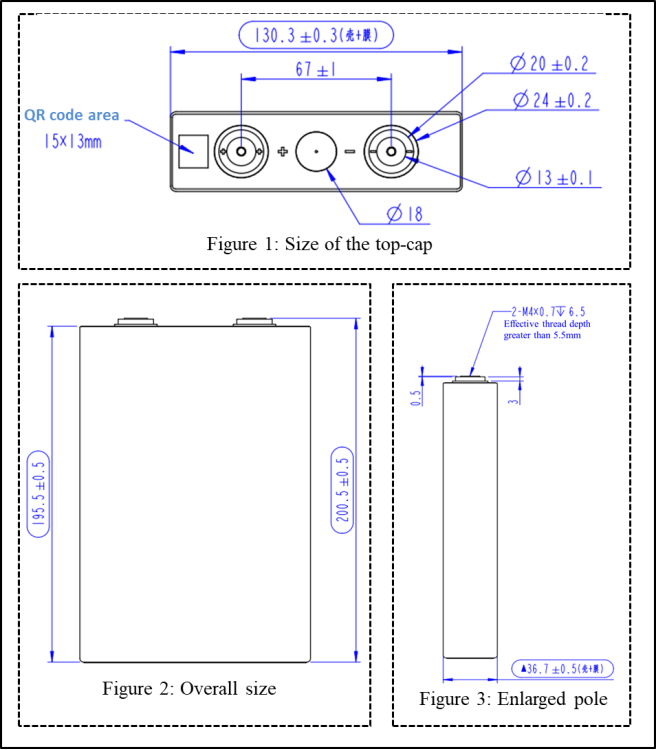
Rate discharge curve at 25℃
